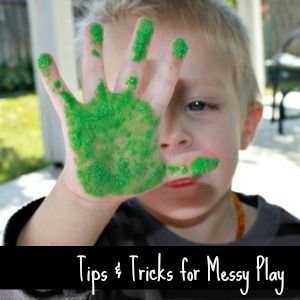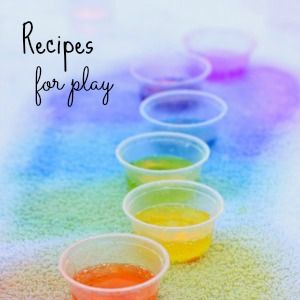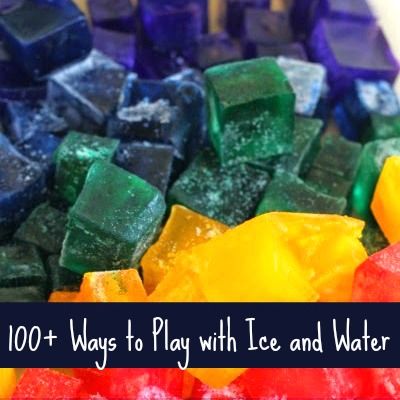Water Science for Kids - Exploring Surface Tension
Yesterday I shared the first post in a series of water science for kids. The first activity we did to explore surface tension involved a jar of water and some coins. Today I am sharing a simple trick to make a needle float. Yep, you read that right. We made a needle float on top of the water! It was so cool! I might have been ever more excited than my boys, or at least equally excited. This is one of the coolest water experiments we've ever done.
How to Make a Needle Float
This post contains affiliate links. Here is my full disclosure policy.
Supplies:
- container
- needle
- water
- dish soap
- straw
- toilet paper
I tore off one square of toilet paper and set a regular sewing needle on top of it. JZ (6) carefully lowered the toilet paper and set it on top of the water. It took two tries to get it right. If your needle sinks, dry it off, and start with a fresh sheet of toilet paper.
The second time worked well, and shortly after JZ set the toilet paper sheet on the water it sunk and drifted away, leaving the needle floating on the surface of the water.
Using caution not to create waves I removed the toilet paper from the bowl. The floating needle was such a crazy sight! JZ, J-Bug (4), and I kept staring at it!
The water's "skin" is what holds up the needle. Dish soap weakens the skin by making water stretch. When the needle was floating we could see how it sat in the water. It didn't sit right on top but rather buried down a little. JZ stuck the end of a drinking straw in some dish soap then touched the straw to the surface of the water.
The needle immediately sunk to the bottom of the container. In fact, it happened so quickly that we missed it. We were all busy watching the straw touch the water.
For more water science for kids follow me on Pinterest.
More water science for kids:
.JPG)
.jpg)
.JPG)



.JPG)
.JPG)
.JPG)
.JPG)
.JPG)
.JPG)
.JPG)
.JPG)























This is awesome. I tried to make the needle float before, but I didn't know the toilet paper trick. I learned something new today! Thanks for sharing with After School Link Up!
ReplyDelete